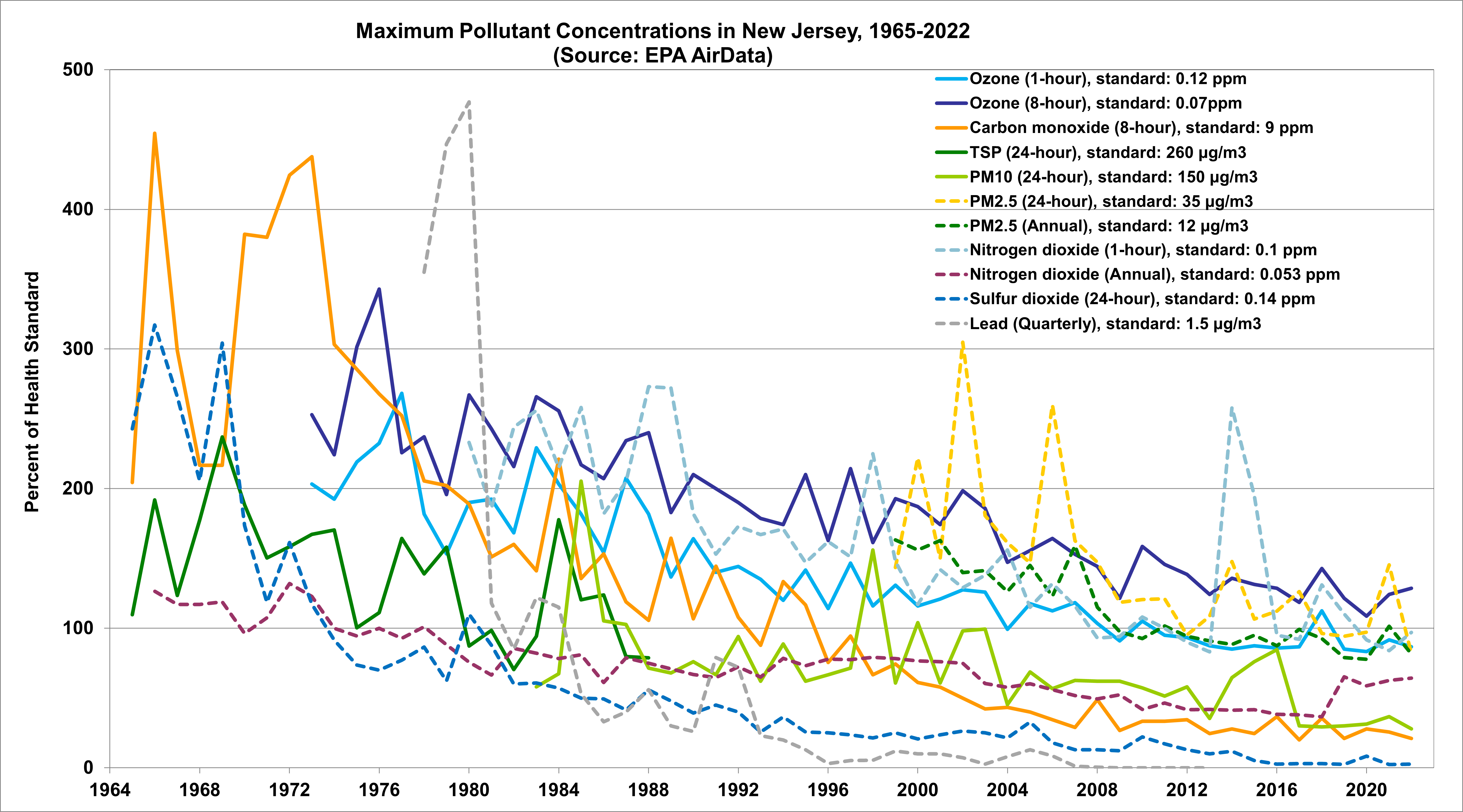 The Ozone Research Center (ORC – Prof. Panos G. Georgopoulos, Director) at the Environmental and Occupational Health Sciences Institute (EOHSI) was established in 1989 with base funding from the State of New Jersey Department of Environmental Protection (NJDEP), as a Scientific Resource Center for the study of tropospheric ozone and other photochemical smog components such as fine particulate matter (PM); ozone and PM indeed constitute one of the most persistent and pervasive air pollution problems. Since its establishment the Center has evolved and attracted funding from various sources, to become today a special partnership of federal, state and private sector efforts aiming to understand this complex environmental problem.
The Ozone Research Center (ORC – Prof. Panos G. Georgopoulos, Director) at the Environmental and Occupational Health Sciences Institute (EOHSI) was established in 1989 with base funding from the State of New Jersey Department of Environmental Protection (NJDEP), as a Scientific Resource Center for the study of tropospheric ozone and other photochemical smog components such as fine particulate matter (PM); ozone and PM indeed constitute one of the most persistent and pervasive air pollution problems. Since its establishment the Center has evolved and attracted funding from various sources, to become today a special partnership of federal, state and private sector efforts aiming to understand this complex environmental problem.
The mission of the Ozone Research Center is to study the causes, dynamics and effects of photochemical air pollution (smog), at the fundamental level but with special focus on issues and air quality problems affecting the Northeastern United States and in particular the State of New Jersey. Research at the Center aims both to enhance the scientific understanding of photochemical air pollution systems and associated human exposures and health effects and to provide the necessary scientific rationale for developing and implementing efficient air quality management strategies.
Specifically, the Center is dedicated to the integrated study of photochemical air pollution and associated human exposures and health effects, at the regional, local, and microenvironmental scales. This effort covers and combines a wide range of research areas that include:
- The development of methods for improving the estimates of atmospheric emissions of precursors to tropospheric ozone, other photochemical pollutants (including secondary atmospheric aerosols), and co-occurring air toxics and biogenics
- The refinement of the understanding of atmospheric pollutant chemistry and transport, and of their interactions
- The development of new methods for evaluating the impact of alternative air quality control strategies on air quality and on associated human exposures
- The development and application of methods for assessing human exposure, dose and health effects to air pollutants such as ozone and fine PM, as these are affected by demographics, human activity patterns, gender/age, physiology, etc.
Ozone Research Center Affiliated Faculty
- Panos G. Georgopoulos, PhD: ozone air quality, exposure and health modeling
- Clifford P. Weisel, PhD: ozone exposure measurement
- Howard Kipen, MD, MPH: ozone health effects
- Robert Laumbach, MD, MPH: ozone health effects
- Debra L. Laskin, PhD: ozone toxicology
- Andrew Gow, PhD: ozone toxicology
